The Drone Etiquette Guide includes these 7 essential rules for responsible drone pilots:
- Privacy of the others
- Wildlife protection
- The regulations are there for a reason
- Dont forget about 400′ AGL
- When the sun comes down, down…
- Being a decent human being
- Being courteous will open the doors for you
Dronetiquette. That’s a totally made up word. But don’t worry, my intentions are good.
One thing I always tell my students is “the best thing you can develop to avoid crashing a drone is common sense.” A lack of common sense causes accidents. And also, a lack of common sense can make you behave like an A-hole.
Please, don’t be THAT pilot.
But what is dronetiquette? I’d define it as “the set of unwritten rules (until this humble attempt) and general good manners of the well-behaved drone pilot.” I want to start this as a living list that can be updated (hopefully with input from the comments section of this article).
While these behaviors become most apparent when flying with multiple pilots, let’s begin with the individual rules.
1. Eyes in the sky… but what about privacy?

When we fly our drones, our perspective changes. We have an advantage over other people, and we must not use this superpower without responsibility: just because we can see, record, and photograph others’ activities doesn’t mean we should. In fact, every country has different laws protecting individual privacy.
And you might say, “Yeah Rafa, I was flying over this nude beach but I didn’t record anything…” Well, the issue here isn’t about whether you pressed record or not – it’s about the morality of watching people without their permission. Having permission to fly in certain airspace doesn’t always mean you should.
2. Local wildlife

Have you ever had an encounter with a bird while flying? Maybe one tried to take down your drone? Well, the thing is, they fly, hunt, and live in the airspace where you’re flying your drone. We have to respect that. They could be protected species, and if you hurt one, you could be in serious trouble, not to mention risking your drone. Always check for local and protected bird species in areas where you plan to fly.
3. If drone flight is banned, there’s probably a good reason

We don’t know how other drone pilots who flew in certain airspaces behaved before us. Sadly, sometimes they have put the drone hobby in a bad light. That’s why we should remember that we as drone pilots are ambassadors for all other pilots in the future. The more responsibly we behave, the more likely we are to improve how others view our hobby.
Unfortunately, many people are unfamiliar with drones’ positive contributions to society. Media coverage tends to focus on criminal drone use rather than beneficial applications, leading some to assume drone pilots have malicious intentions, such as surveillance or planning crimes.
How should we respond to this situation?
- If flying is prohibited: Respect the restriction and do not fly
- If flying is permitted: Operate safely and considerately, avoiding any disturbance to others
4. Do I really need to tell you about 400′ AGL?
This is the first thing that everybody that flies drones HAS to know. That unless you have a special permit, you can’t fly over 400 feet (122 meters) Above Ground Level. And this is the maximum height. Depending on where you are, this number can be much lower, even as low as zero.
5. Visual-Line-Of-Sight (VLOS), Day and Night
To safely fly a drone, you have to maintain Visual-Line-Of-Sight (VLOS) with your drone just in case something happens (or to avoid it). And flight regulations of most Countries will not let you fly before sunset and after sunrise. So remember to fly only when the sun’s out there.
We have talked about safety, but what about being a decent human being? I think this is the best part of being a drone pilot: helping each other, spreading the drone word to everyone who doesn’t fly (yet) and showing how beautiful our hobby (or job) is.
6. Being a Decent Human Being
Have you ever heard the phrase “Treat others the way you like to be treated”. That’s the Golden Rule of Life, not only of dronetiquette.
So, what do we do with it? WE APPLY IT, all the time, with everyone.
Let’s imagine that you are on vacation, you carry your drone with you and you just arrive at a really nice lake. You check that it is a safe-for-fly zone and are about to turn it on and take off and you notice that close to you is a fellow pilot flying. What would you do? If you don’t COMMUNICATE with the other pilot, you are about to put both your and his drone at risk.

Don’t be afraid, but do be afraid of being a reckless pilot. TRUST your instincts when flying your drone to avoid collisions with others (and there could be more than one). It’s very important to check your surroundings before taking off.
Sometimes you might see other drones but not know where their pilots are. In this case, only take off if it’s absolutely necessary. The first things you should do are: 1. Elevate straight up and try to spot where the other pilots are, and 2. Try to keep a safe distance from the other drone or drones. If you can communicate with the other pilots, try to talk and establish some flight altitudes or zones where each of you will be flying so you don’t cross paths.
7. And finally, be courteous
At least 20% of my drone work involves filming real estate videos over residential areas. Early in my career, I was frequently approached by security guards, neighbors, and Police officers questioning my activities. I’ve learned that being proactive helps – simply knocking on the nearest neighbors’ doors to inform them about the real estate filming makes them feel at ease and prevents suspicion.
This small investment in communication creates peace of mind for everyone. When you’re actively flying, it’s helpful to have a printed card explaining that you’re concentrating on flight safety and can’t be interrupted due to accident risk. The card can also mention you’re conducting professional real estate work. Remember – a friendly smile goes a long way.
Keep in mind that you’re not just an individual pilot – you’re part of a larger community of hobbyists and professionals. Positive actions tend to bring positive results.
What are your thoughts on these guidelines? Have you found other approaches that work well in residential areas?
Discover more from DroneXL.co
Subscribe to get the latest posts sent to your email.


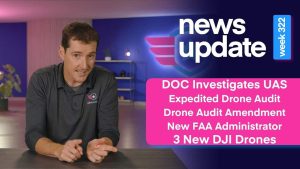
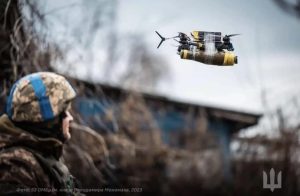


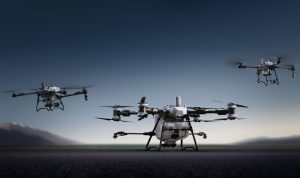
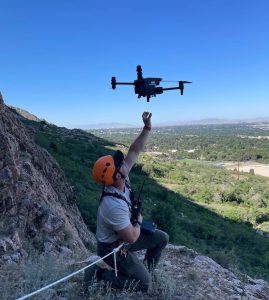
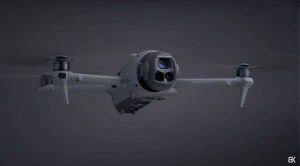
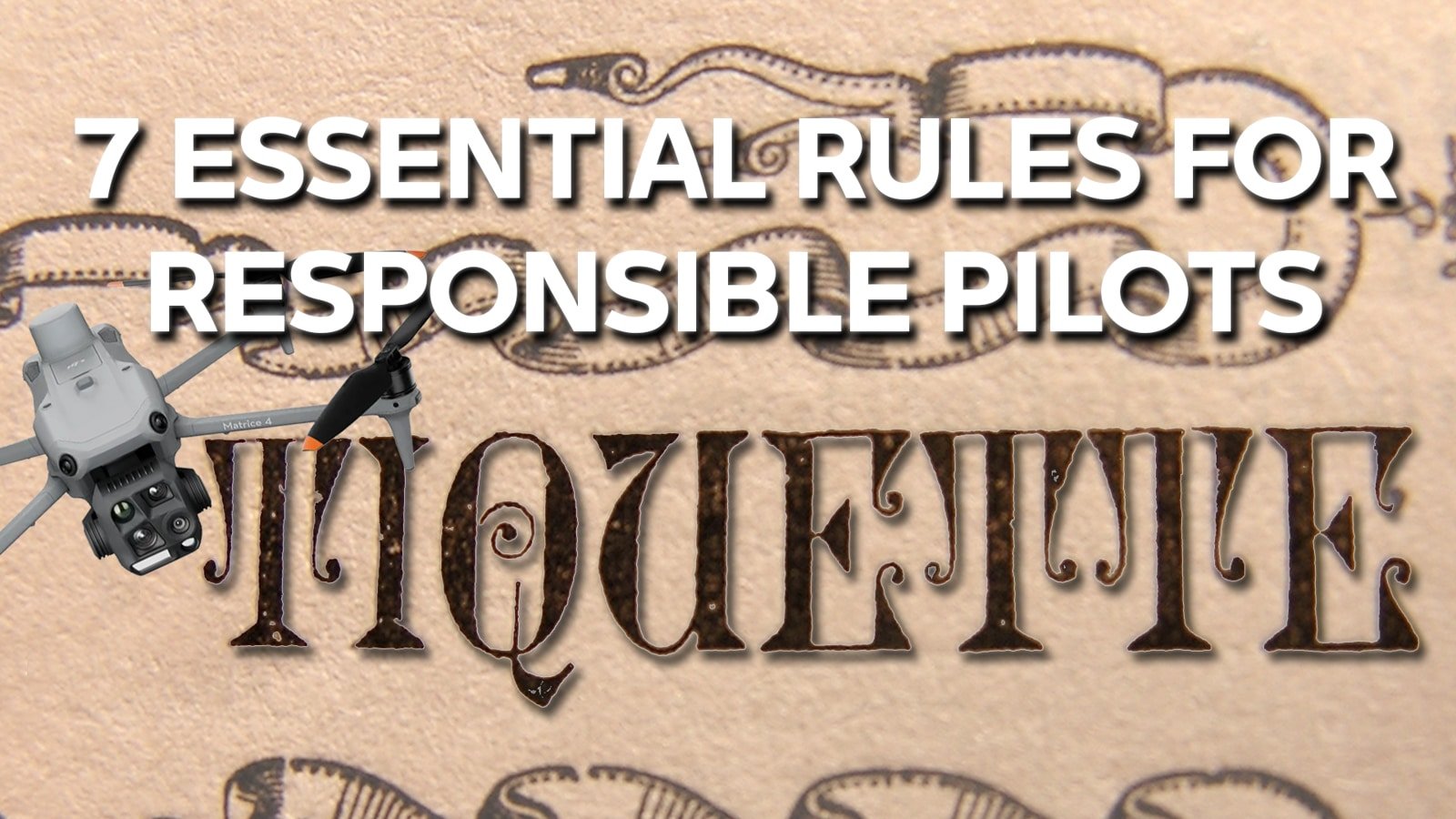


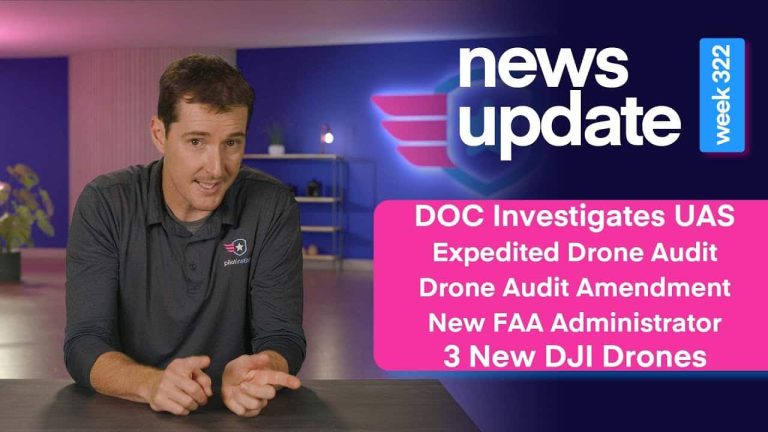
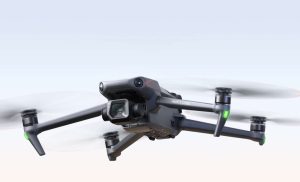
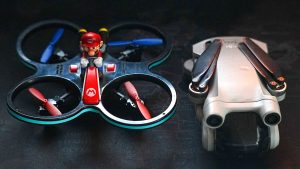
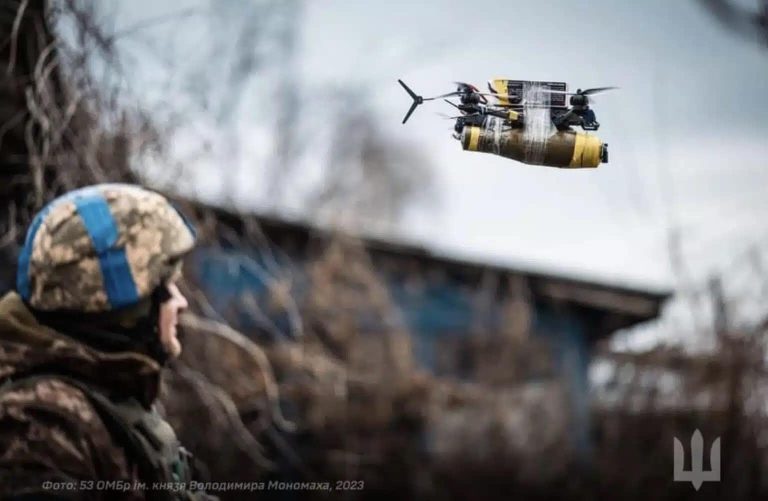


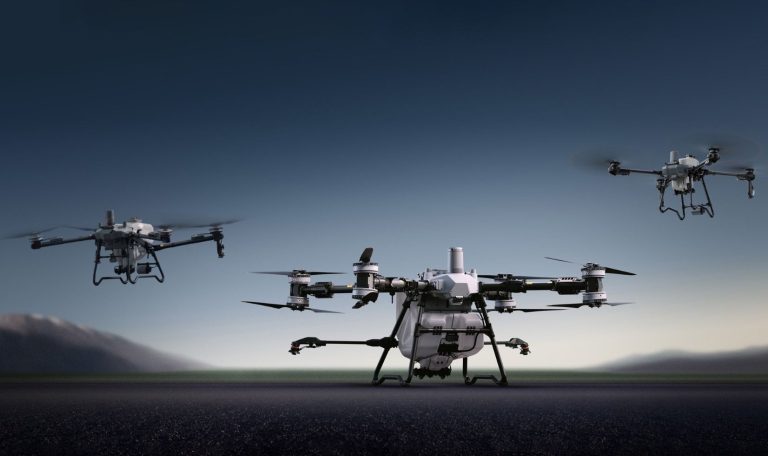
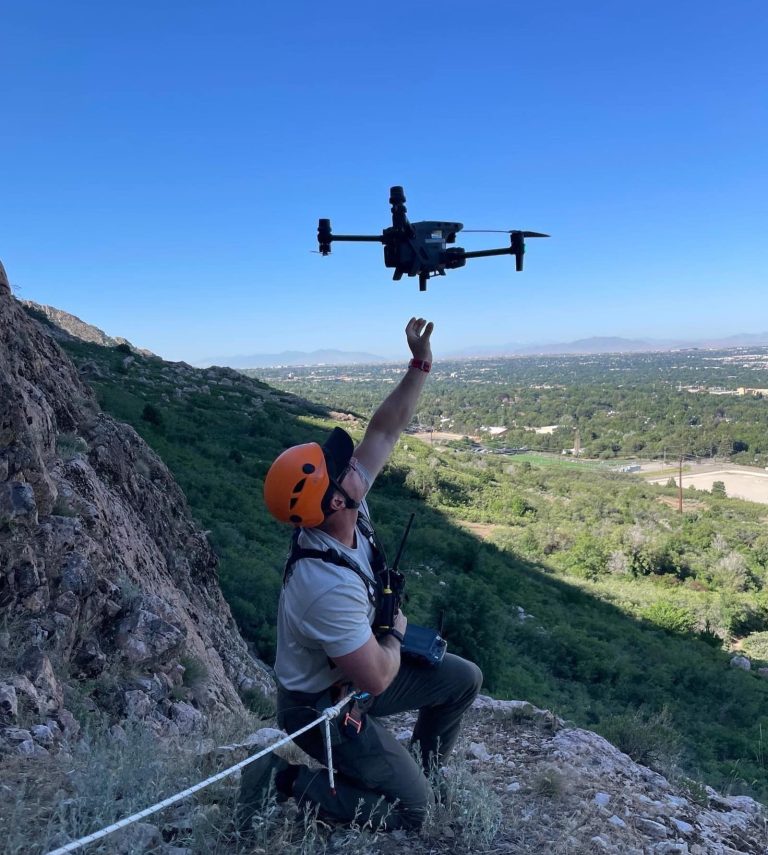
+ There are no comments
Add yours